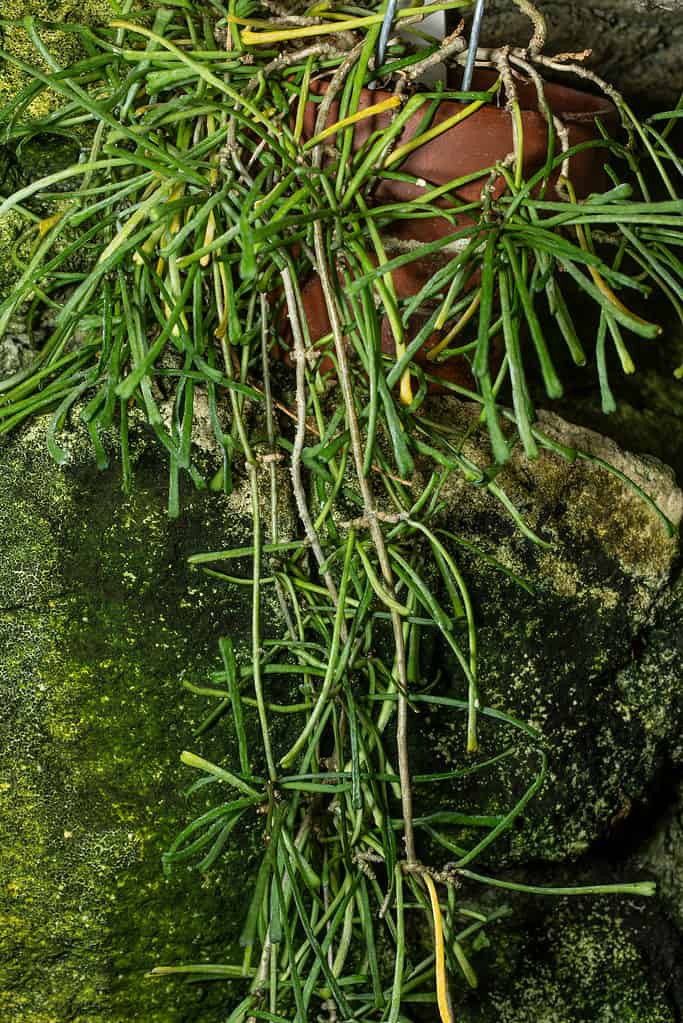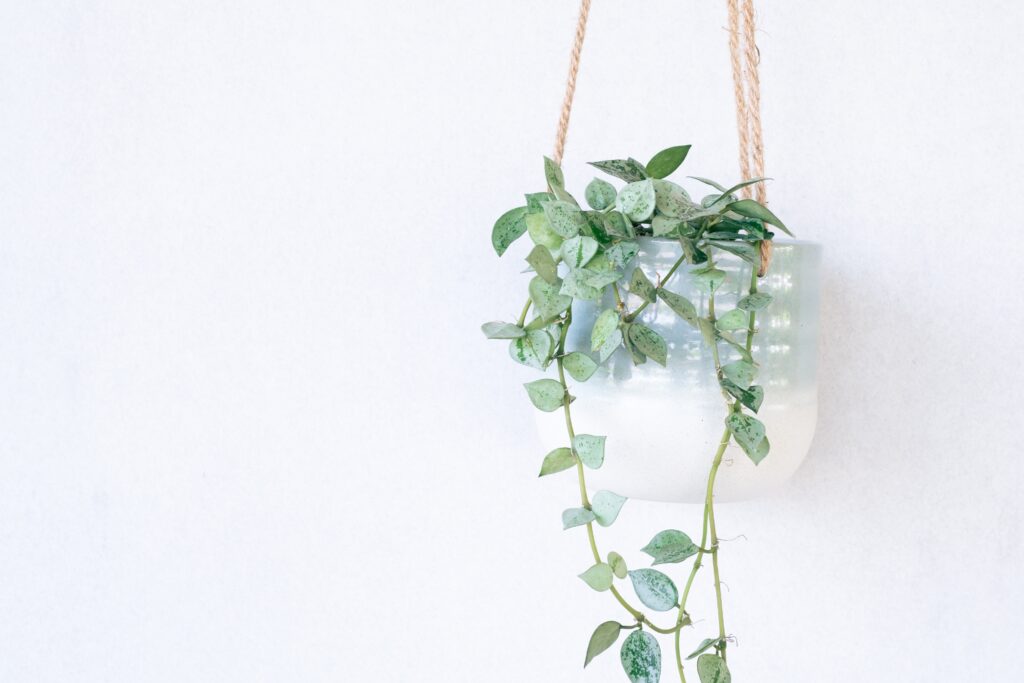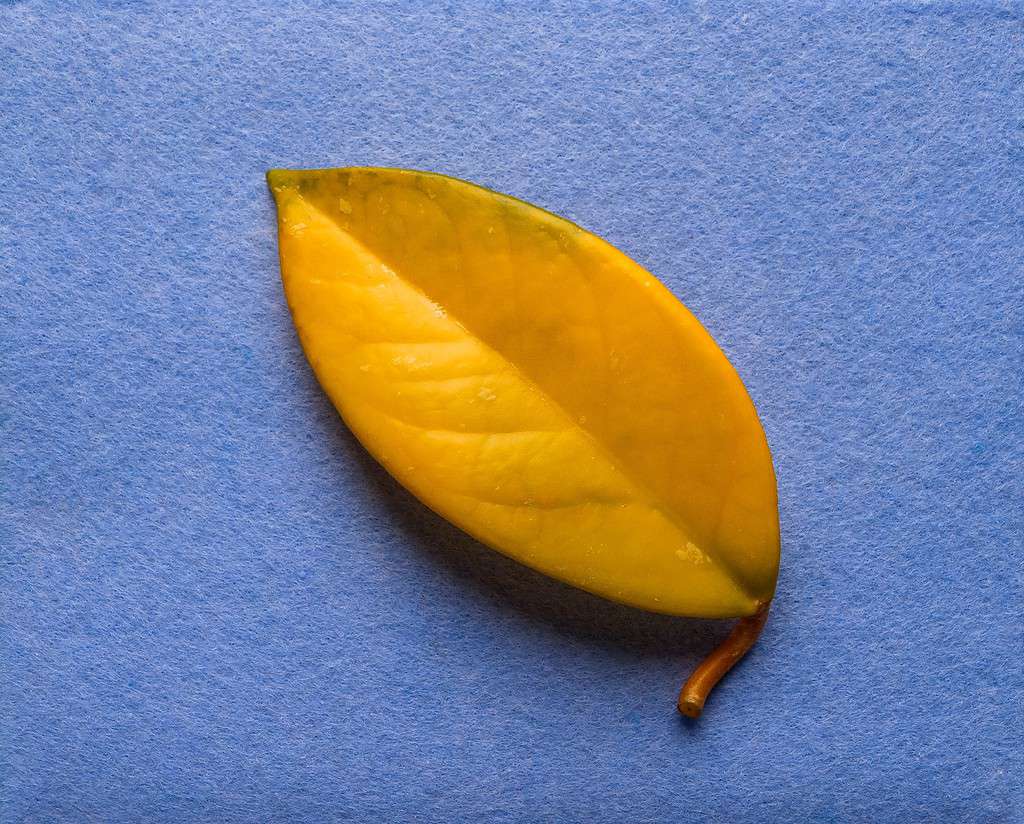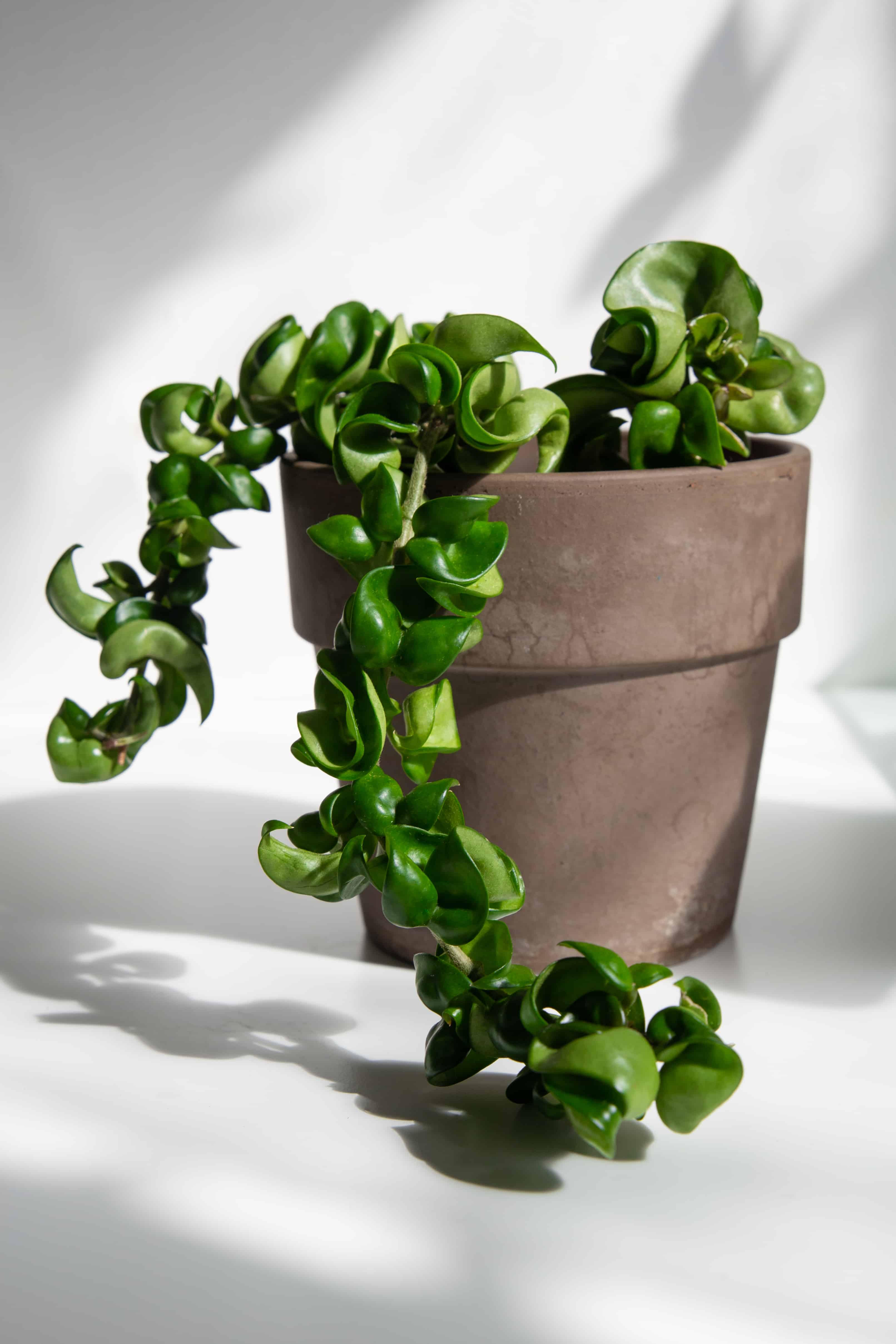Plant enthusiasts love adding dimension, style, and intrigue to a room using houseplants. And one of the best choices to achieve these goals is hoyas. These tropical plants are among the most popular indoor plants, and it is easy to understand why. They are known for their striking appearance, trailing vines, delicate foliage, and beautiful flowers. With hundreds of species and cultivars, there is a hoya plant to suit any plant lover’s preferences. Our comprehensive guide will provide you with all the information you need to start caring for hoya plants.
Types of Hoyas
Hoyas belong to the Apocynaceae family and are native to Australia, India, and Southeast Asia. With hundreds of hoyas available, picking just one or two can get difficult. So, how do you sort through the wealth of information to pick your favorite? You could head to a local nursery or take a peek at the online nurseries to see what catches your eye. Or you can narrow your search by selecting one based on its specific characteristics. Here are a few of the many types of hoyas to choose from:
Popular Hoyas
One easy way to make a decision is to purchase one of the more popular hoyas. After all, they are favored for a reason! Some of these options include:
Variegated Hoyas
Often, people choose their hoyas based on factors like the length of vines or flower colors. However, another great option is selecting a species with stunning, variegated foliage. Some lovely variegated hoyas include:
- Eskimo Hoya
- Curtisii Hoya
- Callistophylla Hoya
- Hoya pubicalyx
- Hoya australis ‘Lisa’
Rare Hoyas
If you are feeling adventurous, consider seeking one of the rarer hoyas. These unique plants will ensure your indoor (or outdoor) space has an intriguing, eye-catching appeal. Here are a few of the rare hoyas available:
- Retusa Hoya
- Hoya mathilde
- Hoya obovata
- Hoya obscura
- Hoya heuschkeliana

plants are relatively rare.
©K Hanley CHDPhoto/Shutterstock.com
Displaying Hoya Vines
Once you have selected your favorite hoya (or two), it is time to enjoy one of its most striking features – the trailing vines. Depending on the variety, these vines can stay relatively short in length (1 to 3 feet) or can extend up to a whopping 10 feet long. This length makes them the ideal addition to any hanging basket or trellis display. However, it also presents a slight challenge. What to do with such lengthy vines?
To display hoya vines, you can train them to grow along a trellis, bamboo stake, or moss pole, allowing them to climb and create a cascading effect. Alternatively, you can also hang hoya plants in a hanging basket or macramé plant hanger, allowing their vines to drape down and create a stunning display.
Don’t be discouraged if you have limited space. Some hoya species are slightly more compact and work wonderfully in small pots.

This Eskimo hoya plant shows off its lengthy vines.
©rattiya lamrod/Shutterstock.com
Caring for Hoyas
Of course, every hoya plant requires specific care for it to thrive. But the nice thing is that hoyas are relatively low-maintenance and can thrive in a range of indoor or outdoor conditions. When hoyas are properly cared for, they can last many years or even decades. So, settle in to learn about hoya plant care.
Lighting
These tropical plants require bright, indirect light. So, place your hoya plant near a north or east-facing window if at all possible. If not, consider adding artificial grow lights. Hoyas need at least six hours of quality light daily to thrive. While they can handle the occasional lack of sunlight, their growth will start to falter after extended periods without enough sun. But avoid placing your plant in direct sunlight, which scorches the leaves.
Watering
Water your hoya plant when the top two inches of soil are dry during the summer and when the soil is completely dry during the winter. Hoyas do not like soggy soil and are prone to root rot. So it is vital to avoid overwatering. One way to help your soil conditions remain ideal is to choose a loose, nutrient-rich potting mix.
Humidity
Since hoyas are native to the tropics, they prefer high humidity levels. If you live in a drier climate, consider misting it frequently or putting a humidifier nearby. You can also set a pebble tray or tray of water near your plant to increase humidity levels.
Fertilizing
All that lush foliage and those spectacular flowers require enough nutrition. There is no need to fertilize the plants during the dormant season. However, start fertilizing in the early spring and continue through summer. The best option is a well-balanced, water-soluble fertilizer.
Temperature
Hoyas need a warm environment. Keep their area around 60-80°F (15-27°C). Most varieties can tolerate occasional cold temperatures down to 50°F (10°C), but anything below that will damage the plant.
Pruning
Since hoya vines can get a little out of control when left untended, consider pruning your hoya to keep it contained. The best time to prune these lovely plants is early spring before the blooms appear. Avoid snipping off any section that held flowers the year before since hoya flowers regrow in the same area.

Hoyas like more snug-fitting pots with nutrient-rich, well-draining soil.
©Khairil Azhar Junos/Shutterstock.com
Propagating Hoyas
After keeping your hoya healthy for a while, it may be time to expand the collection. Thankfully, that is very easy to do through the art of propagation. And propagating hoyas is quite easy. Multiple methods work well on hoyas, including stem cuttings, leaf cuttings, layering, and dividing.
It is important to use healthy parent plants to propagate new ones. If your hoya has issues, it will be best to wait until it is healthy before attempting this step.
Common Problems
As easy-going as hoyas are, they are not immune to issues cropping up from time to time. The good news is, unless your hoya lives outdoors, pest problems may not arise often. However, that does not mean it won’t encounter trouble, even with the best hoya plant care. Below are the most common problems hoyas experience.
Pests
Indoor hoya plants do not experience the same pest problems as outdoor hoyas. But it is critical to keep a watchful eye out, just in case. Look for mealybugs, spider mites, and aphids.
Treat the plant promptly if there are signs of any of these pests. Warm, soapy water works well to brush the bugs off. Then either neem oil or insecticidal soap will help kill off any eggs still clinging to the leaves. Both options are available at most garden centers.
Root Rot
This issue is the most common one that hoya owners encounter, which makes sense. Hoyas are sensitive to the moisture level in their soil and don’t do well when their environment is waterlogged.
Preventing root rot is straightforward. Simply avoid watering until at least the top two inches of soil dries out.
Leaf Trouble
Another problem that crops up on occasion is damage to the leaves. This can include yellowing leaves, leaf drop, curling leaves, or brown spots. Determining what the underlying cause is will take some detective work. However, once the root trouble gets identified, the solution is straightforward. This article has more detailed information on how to address these leaf issues.
Lack of Blooms
The first thing to note here is that hoyas take time to bloom. Most varieties don’t show signs of flowers for two to three years. So if your new hoya hasn’t started sporting lovely blossoms, don’t panic. But it is time to troubleshoot if there are still no flowers after the three-year mark. Assess how much light the plant gets, and supplement with a grow light if necessary. Then take stock of the temperature, humidity levels, and watering practices, making adjustments as needed.

Yellowing leaves are one of the problems hoya plants may encounter.
©Halytskyi Olexandr/Shutterstock.com
Thank you for reading! Have some feedback for us? Contact the AZ Animals editorial team.








